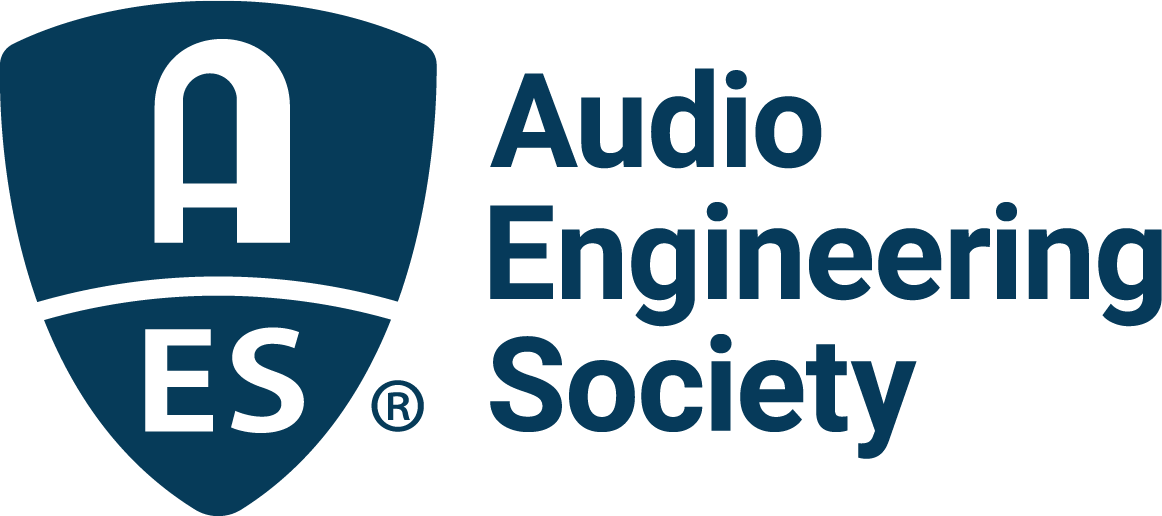The AES E-Library is a treasure of audio knowledge that has many gems buried inside; some bright and shiny and easily found with others hidden just out of sight. I’ve gathered a few of my favorite papers that have guided me through the years and some writings that I’ve not previously read, but certainly know the authors.
My AES E-Library curation can be broken down into five categories: I begin with a discussion by designer Rupert Neve, where he asks the rhetorical question: “Why design?” In 1953, Ross Snyder of Ampex published a history of pioneering work on stereophonic reproduction by Dr. Fletcher and the Bell Laboratories and the first section closes with John Eargle’s “Overview of Stereo Recording Techniques for Popular Music” from 1986.
The second section is a look into studios, control rooms, and their related acoustics as written by Milton T. Putnam (AKA “Bill”), Michael Rettinger and John E Volkmann. Looking at control room design philosophies, today, Mr. Putnam’s integrated loudspeaker and control room is a different approach given the technology available at the time. Wrapping up the studio section, Daniel Francis’ invaluable work documenting the acoustic of RCA Studio A, reminds us of the many recording spaces lost, both in New York City and around the world.
The third section is a brief look into microphones. Audio industry pioneer and AES founding member, Harry Olson, is well represented, along with a paper on technology that I use everyday, the two-way wide-band capacitor microphone. The section wraps up with a discussion of proximity effect by David Josephson.
Section four contains the groundbreaking paper by George Massenburg on the parametric EQ.
The final set of papers takes listening into the home with papers, again, by Harry Olson and his colleague Herbert Belar, and an examination of horn speaker technology, by Percy Wilson and Geoffrey L. Wilson, then of Penn State University. This set of readings could have obviously gone in many directions. If any of these authors have piqued your interest, take the next step and investigate the resources that they used to draw their conclusions. For example, here’s one that I found: Harry F. Olson, “Apparatus for Converting Sound Vibrations Into Electrical Variations.” U.S. Patent 1,885,001, October 1932.
I’ve also included a number of links to videos and other AES resources on recording that you may find useful. Have a good time going down the audio rabbit hole.

